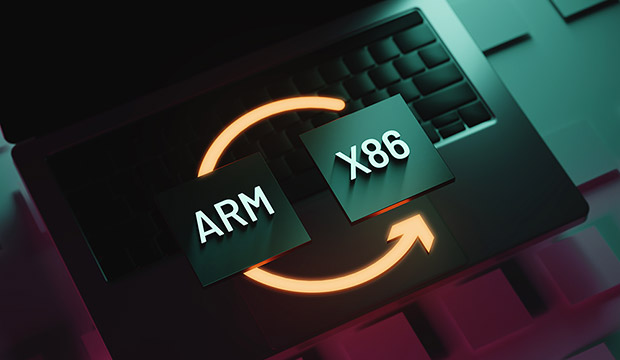ARM and x86 have been doing battle for the last decade. ARM tried to move into the server market and failed; Intel, which carries most of the x86 burden, tried to move on cellphones and failed. The battle for tablets is ongoing, with ARM in the lead, and the battle for notebooks continues with Intel mainly in the lead.
Up until recently, Qualcomm has primarily been the standard-bearer for ARM, but that will change if Nvidia’s attempt to buy ARM is successful; which is likely. Nvidia seems to be more interested in servers than smartphones at the moment. Still, they do have their eye on PCs, where conflict with Qualcomm is likely to emerge.
However, this is platform war, and ARM is currently more connected with developers than x86. This fight is primarily a battle between business plans, with ARM heavy on licensing and x86 more focused on sales.
Let’s talk about how this battle is likely to play out, because the outcome is far from decided and the winner may end up with all of the chips. We’ll then close with my product of the week: a new headset from Plantronics that may be just what the doctor ordered for your next Zoom call.
Old School vs. New School
The market likes diversity in vendors, but it isn’t a fan of diversity in architectures because that creates selection risk.
OEMs and IT organizations spend, collectively, billions of dollars on technology, and the more viable types of technology in the market, the more likely one of these large, influential entities are likely to guess wrong.
Ideally, and this was initially built into the x86 plan, they’d like two redundant vendors who are plug-compatible so they can switch between vendors later in the manufacturing process and mitigate supply risk.
The x86 at one time had a massive advantage because when IBM originally went to Intel for their x86 technology, they demanded that Intel license to someone else, which turned out to be AMD, to assure competitive pricing and backup in the face of a chip shortage.



